Trending Now
Sex, drugs, and religion: one of these kids is not like the others… or is it?
While religion tends to be at odds with sex and drugs most of the time, you may be surprised to learn that your brain can respond to all three of these things in the same way (more on this later)!

Photo Credit: Pixabay
By using science (another thing that’s historically been at odds with religion), we actually have the potential to understand and appreciate religion in a whole other light, and maybe even reconcile the two.
Being the inquisitive minds that they are, scientists began to wonder if brain activity during religious experiences looked any different compared to more mundane, everyday experiences.
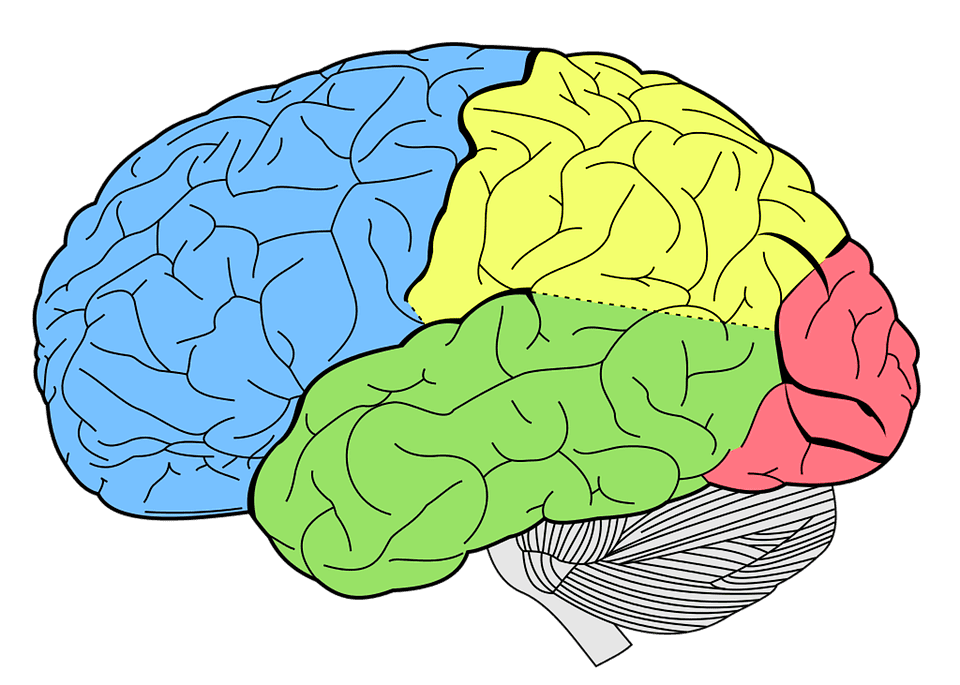
Photo Credit: Pixabay
It might sound a little weird at first, but there’s a valid basis for this curiosity. Religion is defined as an organized system of beliefs, and all beliefs – whether it’s the existence of God or that 2 + 2 = 4 – have been shown to activate certain areas of the brain. Thus, it would make sense to at least hypothesize that religious experiences might create a specific pattern of activation in the brain.
Dr. Andrew Newberg is a scientist with a particular penchant for studying the intersection between religion and neuroscience – a new discipline that he’s titled “neurotheology” – by taking brain scans of people during religious experiences. In one experiment, he asked a group of participants to practice a mantra-based meditation, 12 minutes a day for eight weeks. The brain scans from before and after the trial period showed significant changes to the areas of the brain that help our minds to focus. This opens up a host of questions as to what kinds of changes might be occurring in the brains of those who have been deeply involved in religious meditation for years.

Photo Credit: Pixabay
Science has also found several cases of religion sparking activity in specific areas of the brain. For instance, when scientists asked people to engage in thought exercises involving “theory of mind” – the ability to understand our own and other peoples’ emotional and mental states – they found that it activated the same regions of the brain as when they asked participants to think about religion/spirituality.
This suggests that thinking about religious ideas requires us to imagine and believe in a reality that lies beyond our physical selves.
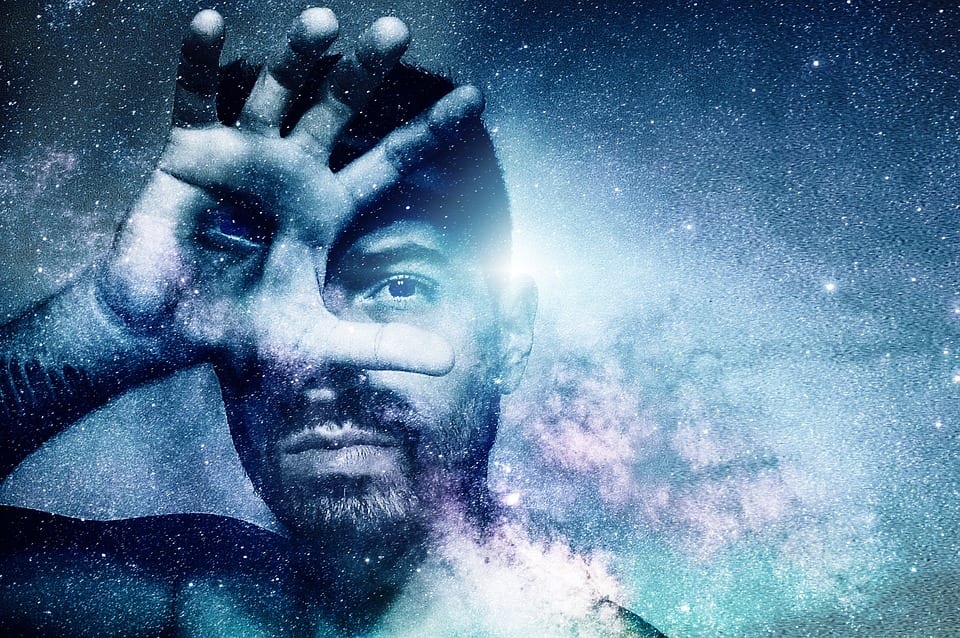
Photo Credit: Pixabay
Fascinatingly, Dr. Newberg also discovered that different religious states create different patterns of activation in the brain. For instance, practitioners who were engaged in a repetitive, prayer or mantra-based meditation, showed more activity in the frontal lobes, which controls focus and the expression of language.
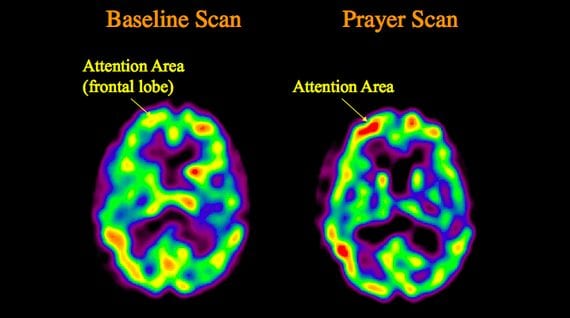
Photo Credit: Dr. Andrew Newberg/The Atlantic
On the other hand, practitioners who entered a “channeling” state (ex: functioning as a medium) saw a decrease in frontal lobe activity and an uptick of activity in the thalamus – the part of the brain which regulates incoming sensory information.
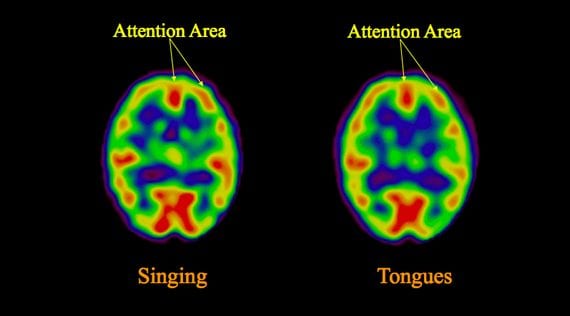
Photo Credit: Dr. Andrew Newberg/The Atlantic
This indicates that their speech in these states appears to be coming from somewhere other than the usual speech centers.
Depending on your own beliefs, this either proves that channeling is just a neurological phenomenon… or that there really are metaphysical entities speaking through the medium.
Another study took functional MRI (fMRI) scans of 30 adults – half of whom were deeply Christian, while the other half identified as nonbelievers. Participants were asked to evaluate various nonreligious (“Eagles exist”) and religious (“Angels exist”) statements as being true or false. Researchers found that, although the brain responds quite differently to religious vs. non-religious propositions, the process of evaluating that statement occurs in the same area of the brain.
Furthermore, when evaluating religious statements, researchers found that participants from both groups saw activity in the same regions of the brain – including the area responsible for conflict resolution. Whether you’re the famed atheist Richard Dawkins or the Pope himself, it seems that belief (or lack thereof) happens in the same part of the brain for all of us. This also suggests that even the deeply religious have to contend with uncertainty and doubt regarding their beliefs.
It’s also possible that overcoming this cognitive dissonance can create an even greater affinity and commitment to one’s religious beliefs.
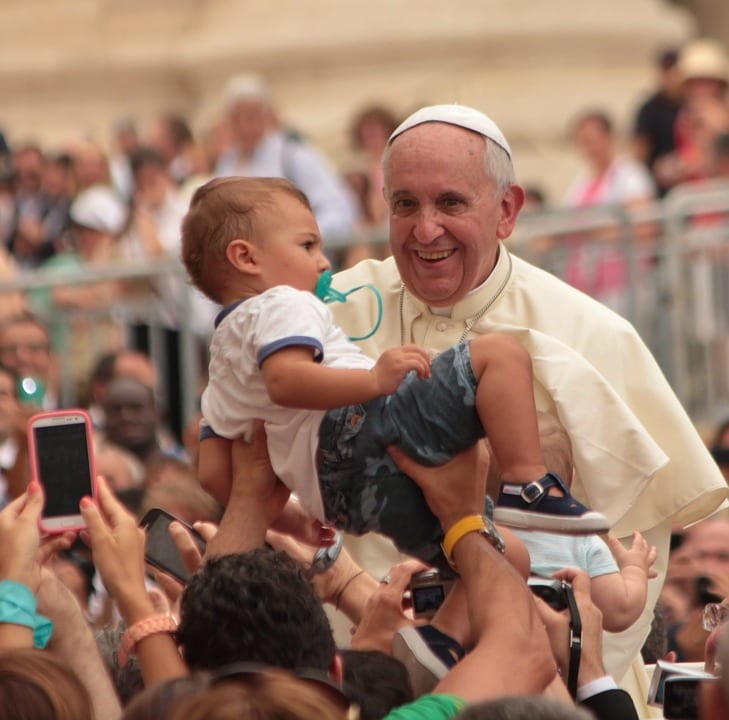
Photo Credit: Pixabay
Another widely-reported aspect of religious meditation is the feeling of transcendence from the boundaries of time and space, often accompanied by a sense of “oneness” with the world around you. When Dr. Newberg took brain scans of nuns and monks undergoing such an experience, he saw decreased activity in the parietal lobe – the area of the brain responsible for perceiving three-dimensional space.
Damage to the parietal lobe has been found to cause confusion about one’s spatial orientation, sometimes even causing patients to think parts of their own bodies aren’t theirs! It also leads to an increase in self-transcendent experiences. Thus, it may well be that this sense of unity with all things is just your brain quite literally blurring the lines between you and the world. It should be noted that, while this may take away some of the mystique around meditating, the insights gained during such a state are still as potentially valuable as they’ve always been.
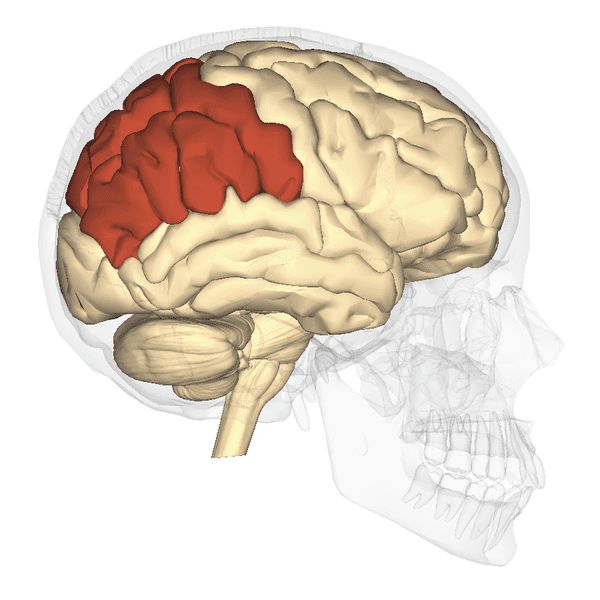
Photo Credit: Wikimedia Commons
Finally, religious activity – specifically intense meditative experiences – has also been found to have something in common with sex and drugs: they both light up the reward centers of the brain! Researchers scanning the brains of people undergoing a state of religious ecstasy found that it activated the same neural pathways that produce sexual arousal.
Additionally, there has also been research suggesting that a subtle genetic variation might cause some individuals to be more susceptible to having blissful spiritual experiences – essentially an enhanced capacity for natural highs.

Photo Credit: Pixabay
When it comes to using science to decode religion, we’re only just scratching the surface. Not only does research like this give us a greater understanding of one of life’s great mysteries.
Whether or not you’re a believer, the thought of getting those kinds of answers and insights should have us all saying “Hallelujah!”






